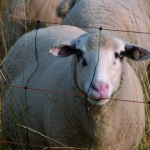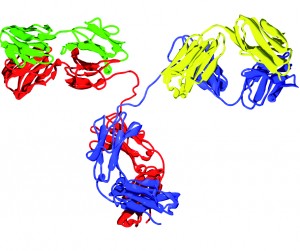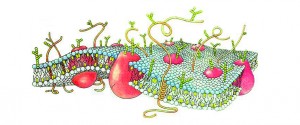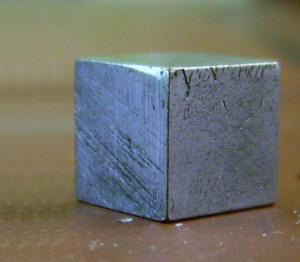SATURDAY, 29 JANUARY 2011
Animals continue to demonstrate a range of immunity responses to disease. This raises the question of why natural selection has not eliminated susceptibility to disease, which has been found to have a genetic basis.An 11-year study on wild Scottish sheep, published in Science, showed significantly different levels of antibodies in the blood of individual sheep. Antibodies are proteins that identify and generate immune responses against foreign objects. Scientists collected blood plasma samples and assayed them to measure antibody concentrations.
Researchers hypothesised that, although stronger immune responses lead to better survival, they can also be a strain on the body for energy, even causing autoimmune disorders. After further study, they discovered that sheep with greater antibody levels lived longer, but there’s a catch. They found that males with higher antibody concentrations were less likely to have sired offspring during their previous rut, and females less likely to have produced a lamb.
With respect to species evolution, both susceptible and resistant strategies are thus equally successful. While sheep with better immune responses have more time to produce offspring, others with a lower immune system are more fertile, producing about the same number of progeny in their lifetime.
Immunity can thus have both a positive or negative effect on evolutionary success, depending on the circumstances—a highly significant finding. Ayesha Sengupta
Cell membranes - liquid or solid?
It has long been known to scientists that the lipid sheets that form the structural basis of all cellular membranes exhibit viscous fluid behaviour. However, new research at the University of Oregon has revealed that, under certain conditions, this material can also behave like a solid.
The fluid nature of lipid bilayers in cell membranes is known to be crucial in allowing cell surface molecules to move and interact, but it has now been shown that these lipid structures are in fact viscoelastic. They do not flow like a Newtonian fluid regardless of the stress encountered—above a critical frequency or speed of perturbation they react like solids. This kind of behaviour has been recognised before in biological materials such as mucus and tears, but it is the first time that it has been identified in lipid bilayers.
This new discovery, published in the Proceedings of the National Academy of Sciences, could affect our understanding of a host of mechanical processes in cell membranes: from the cellular response to external forces to the movement and manipulation of proteins in the membrane itself. The currently mysterious failure of many of these mechanical membrane processes has been linked to various diseases, so this new research could play a key role in illuminating why cell membranes function, or fail to function, the way they do. Katy Wei
Curious excitation of 'magic' isotope
The isotopes of tin (Sn) provide a perfect laboratory for studying a variety of nuclear properties at the limits of particle stability. The 100Sn isotope is particularly important as it has a so-called ‘doubly magic’ closed-shell nucleus, with 50 protons and 50 neutrons, which has helped physicists to develop the Nuclear Shell Model. Under this model it is expected that the ground-state spins of the semi-magic isotopes 101,103,105Sn will be identical, and dependent on which single-particle orbital has the lowest energy. Experimental data for known isotopes in this range have previously indicated no exceptions, but researchers at the Oak Ridge National Laboratory in the United States have found an unexpected result.
By measuring energy spectra in xenon-tellurium-tin alpha-decay chains, the team found that the spins of the ground state and the first excited state of 101Sn were reversed with respect to the heavier isotopes. The authors of the study, published in Physical Review Letters, explain that the inversion results from unusually strong pairing interactions between neutrons in the outer orbital and relatively small energy splitting between orbitals. This behaviour makes the proton-rich nuclei above 100Sn unique. Characterising their nature is essential for calibrating theoretical models and for predicting the properties of unmeasured nuclei. Robert Jones




